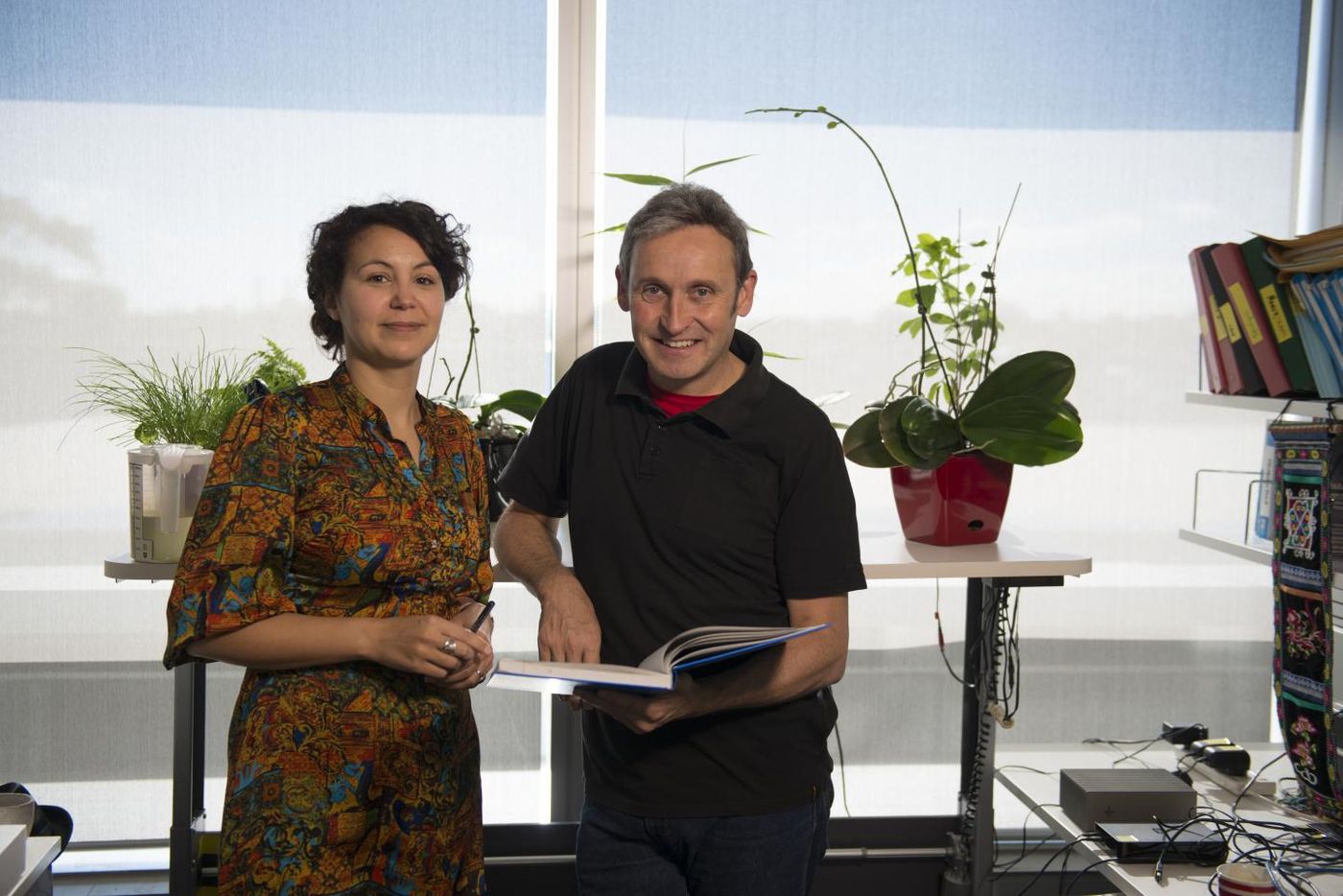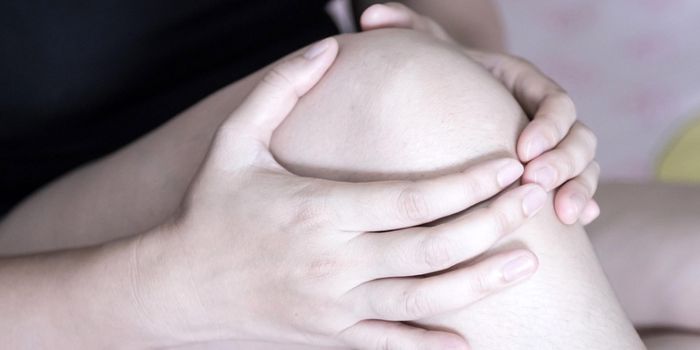The Cause of a New Autoimmune Disease is Discovered
Researchers have discovered a new autoinflammatory disease, which they have called CRIA (cleavage-resistant RIPK1-induced autoinflammatory) syndrome. They determined that the disorder is caused by a genetic mutation in a gene called RIPK1; this gene encodes for a protein that plays a role in a cell death pathway. The findings, which are outlined in the video below, have been reported in Nature.
"Cell death pathways have developed a series of inbuilt mechanisms that regulate inflammatory signals and cell death, because the alternative is so potentially hazardous," explained Dr. Najoua Lalaoui of the Walter and Eliza Hall Institute of Medical Research in Australia. "However in this disease, the mutation in RIPK1 is overcoming all the normal checks and balances that exist, resulting in uncontrolled cell death and inflammation."
Our immune system is vital to our bodies' defenses; it has to be able to recognize and attack invaders to keep us healthy. But immunity can also go awry and cause serious health problems when it mistakenly activates inflammation. Chronic inflammation can damage the body and organs.
This new research focused on three families with members that suffer from swollen lymph nodes, episodic high fevers, and other problems with inflammation that starts in childhood and continues through adulthood. They were diagnosed with CRIA syndrome.
By looking at the portions of the genome that code for proteins, the exome, the researchers were able to determine that the disorder related to cell death.
"We sequenced the entire exome of each patient and discovered unique mutations in the exact same amino acid of RIPK1 in each of the three families," said Dr. Steven Boyden of the National Human Genome Research Institute. "It is remarkable, like lightning striking three times in the same place. Each of the three mutations has the same result - it blocks cleavage of RIPK1 - which shows how important RIPK1 cleavage is in maintaining the normal function of the cell."
The connection between mutations in RIPK1 and CRIA syndrome were confirmed using animal models. "We showed that mice with mutations in the same location in RIPK1 as in the CRIA syndrome patients had a similar exacerbation of inflammation," Lalaoui said.
This knowledge will help clinicians treat the exact cause of the disease. "Understanding the molecular mechanism by which CRIA syndrome causes inflammation affords an opportunity to get right to the root of the problem," noted Dr. Dan Kastner of the National Human Genome Research Institute.
Molecules that inhibit RIPK1 are already available to researchers, and may open up precision medicine options for patients, Kastner added.
"RIPK1 inhibitors may be just what the doctor ordered for these patients. The discovery of CRIA syndrome also suggests a possible role for RIPK1 in a broad spectrum of human illnesses, such as colitis, arthritis and psoriasis," he said.
"RIPK1 is a potent molecule," said Professor John Silke of the Walter and Eliza Hall Institute of Medical Research. "The cell has developed a way of managing its effects, which includes cleaving RIPK1 into two pieces to 'disarm' the molecule and halt its inflammatory activity. In this autoinflammatory disease, the mutations are preventing the molecule from being cleaved into two pieces, resulting in uncontrolled cell death and inflammation." The RIPK1 prorein is complex, and its role in cell death is complex, he added.
"Mutations in RIPK1 can drive both too much inflammation - such as in autoinflammatory and autoimmune diseases - and too little inflammation, resulting in immunodeficiency. There is still a lot to learn about the varied roles of RIPK1 in cell death, and how we can effectively target RIPK1 to treat disease," Silke concluded.
Sources: AAAS/Eurekalert! via Walter and Eliza Hall Institute, Nature









